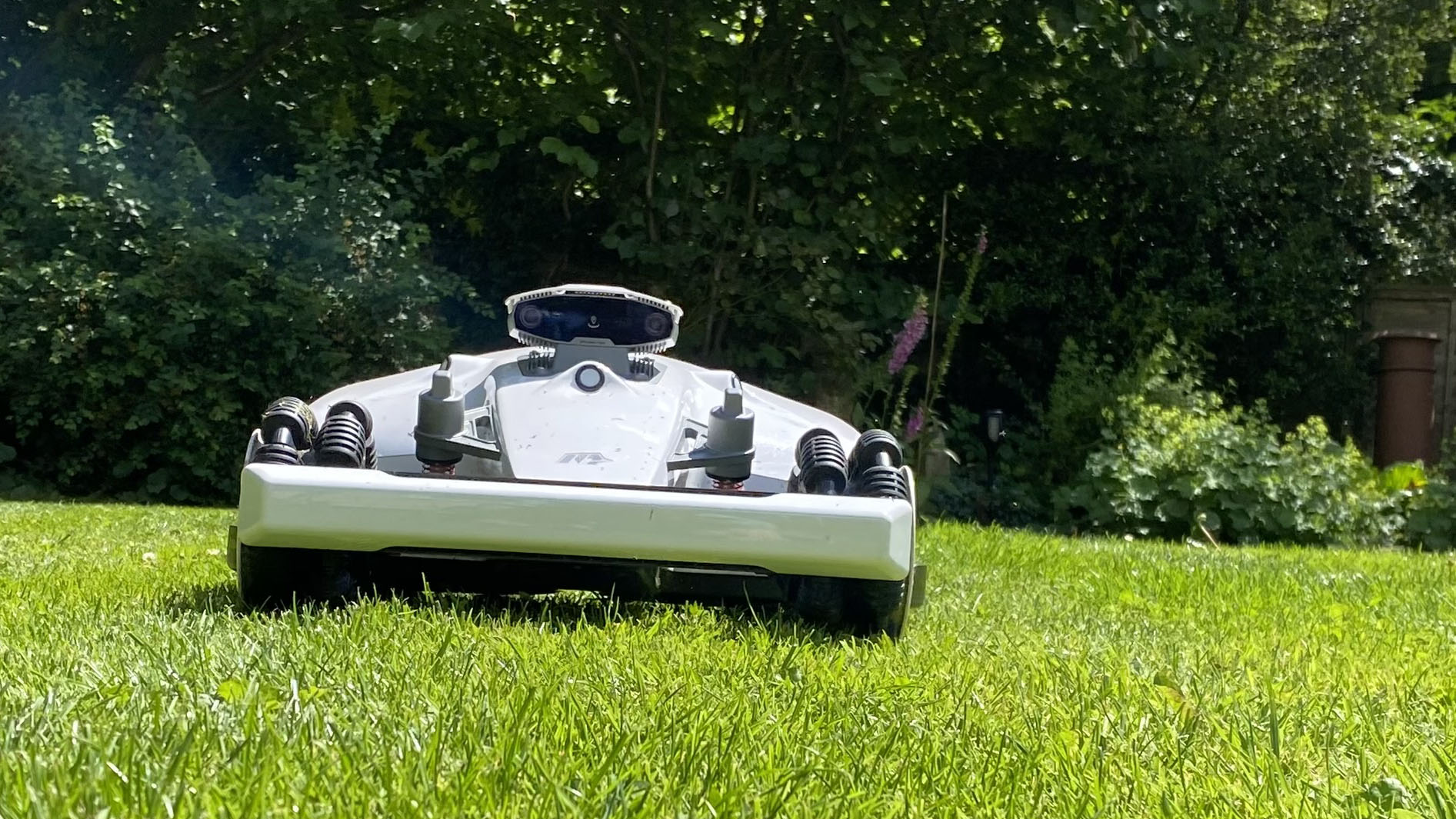As technology continues to revolutionize our daily lives, even the age-old task of cutting the grass has been transformed by a plethora of amazing app-enabled robot lawn mowers that reliably head out onto the sward every few days to snip here and snip there – and with not so much as a whiff of complaint. It’s true to say that robot lawn mowers aren’t cheap to buy and they’re admittedly not as essential a household item as, say, a dishwasher or washing machine, but once you’ve enjoyed the experience of having the lawn cut for you, there’s inevitably no going back. Besides, having a robot regularly do the mowing keeps the lawn healthy, promoting even growth and a lush appearance.
Granted, robot mowers are still considered a niche product, mostly because many still require the installation of a boundary wire to keep the robot on course. However, that’s all in the process of changing with the advent of a slew of new high-tech bots that use GPS, high-definition cameras and even LiDAR (which is the tech powering many of today's ) to safely navigate lawns without venturing off-piste or crashing into things. But how do robot lawn mowers actually work? And can they cut grass as well as a conventional mower? Let’s find out.

What does a robot lawn mower look like? The vast majority of robotic lawn mowers share the same physical design principles as the manual versions. Namely, a rainproof outer shell, one or two small trolley-style wheels at one end to help the robot mak.
















